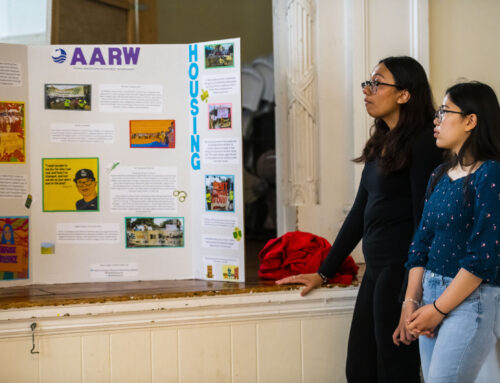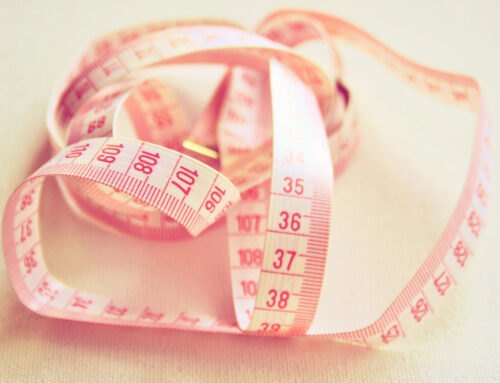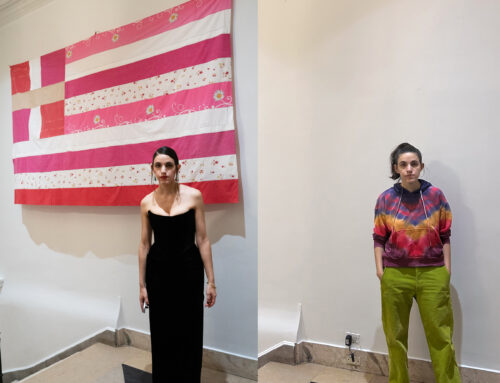
April showers bring May flowers… and May flowers bring June rainbows. I’m talking, of course, about Pride Month, an international celebration of the LGBTQ community. Filled with joyous festivals and rainbow-clad parades, the month commemorates the LGBTQ community’s struggle for acceptance and equality; both historically and presently.
Why is Pride Month in June?
Historically, June 28th marks one of the first catalysts of the LGBTQ rights movement in the United States: the Stonewall Riots. On June 28, 1969, police officers raided the Stonewall Inn in Greenwich Village, New York, a gathering spot for drag queens, runaway LGBTQ youth, and other members of the LGBTQ community. Police raids of gay bars were frequent at the time and bar management was usually tipped off before, but this time it came as a surprise.
Under warrant and having found bootlegged alcohol, the police officers violently arrested 13 employees and patrons, who wore clothing that was deemed a violation of the state’s gender-appropriate clothing statute. The police officers were met with protest from onlookers, who were enraged by their social discrimination as well as the overly forceful nature of the arrests. After one police officer hit a lesbian over the head, the crowd began to riot, throwing pennies, bottles, and cobblestones at officers. Activists Martha P. Stewart, Sylvia Rivera, Stormé DeLarverie, and Miss Major Griffin-Gracy were all remembered as catalysts in the Stonewall uprising. After the rioting subsided, protests outside of the Stonewall Inn continued for the next five days.
The following year on the anniversary of the Stonewall riot, thousands of LGBTQ community members and allies marched to Central Park from the Stonewall Inn, an event which was called “Christopher Street Liberation Day.” Marching through the streets of Manhattan, the crowd chanted “Say it loud, gay is proud,” thus coining the term “pride” as a show of support for the LGBTQ community.
In contrast to previous demonstrations and peaceful protests the Stonewall riots and “Christopher Street Liberation Day” were groundbreaking events, setting a new precedent for civilian involvement in a longstanding LGBTQ rights protest. Because of their significance, the month of June is celebrated as pride month. Further cementing the importance of these events, the area encompassing the Stonewall Inn and Christopher Park was designated a national monument in 2016 under the Obama presidency.
Why is LGBTQ pride symbolized through a rainbow flag?
In 1978, openly gay San Francisco city supervisor Harvey Milk commissioned artist, designer, drag queen, and prominent LGBTQ rights activist Gilbert Baker to create a symbol for the city’s upcoming Pride Month celebrations. Drawing inspiration from both the stripes of the American flag, as well as from the diversity within the LGBTQ community, Baker created the rainbow flag.
Within the stripes of the rainbow flag, Baker designated each original color to hold further symbolism. Pink symbolizes sex, red symbolizes life, orange symbolizes healing, yellow symbolizes sunlight, green symbolizes nature, turquoise symbolizes art, indigo symbolizes harmony and violet symbolizes spirit. Today, a much simpler flag with only six colorful stripes is most commonly used, however it still holds the same meaning as a reflection of diversity and pride.
While the rainbow flag is perhaps best known as an all-encompassing symbol of support for the LGBTQ community, a subset of multi-colored flags representing specific sexualities and identities have also risen to prominence. Light blue, pink and white, for example, form the transgender flag, while hot pink, yellow and blue represent pansexuality.
How is Pride Month celebrated?
From attending a pride parade to educating yourself about the history of the LGBTQ rights movement, there are countless ways to celebrate your pride and allyship. Here are three:
Educate
Between books, films, and podcasts, there are a plethora of resources to learn more about the LGBTQ community’s global struggle for rights, both historically and presently. As either a member of or an ally of the community, being informed is the first step in progressing to higher standards of acceptance and equality.
Donate
Whether donating time, money, or resources, giving to organizations and community centers that support the LGBTQ community is a great opportunity to participate directly in further change. In recent months alone, American legislature such as Florida’s “Don’t Say Gay” bill has posed imminent threats to the way in which the LGBTQ community and its history are portrayed in our education system. Organizations such as the Human Rights Campaign Fund as well as local LGBTQ youth and community centers are working to combat this, and they need your support.
Celebrate
Across the world, pride parades and festivals are a great way to celebrate the beauty, diversity, and vitality of the LGBTQ community. Through the month of June, numerous events take place and can be easily found through this calendar: http://gaypridecalendar.com



